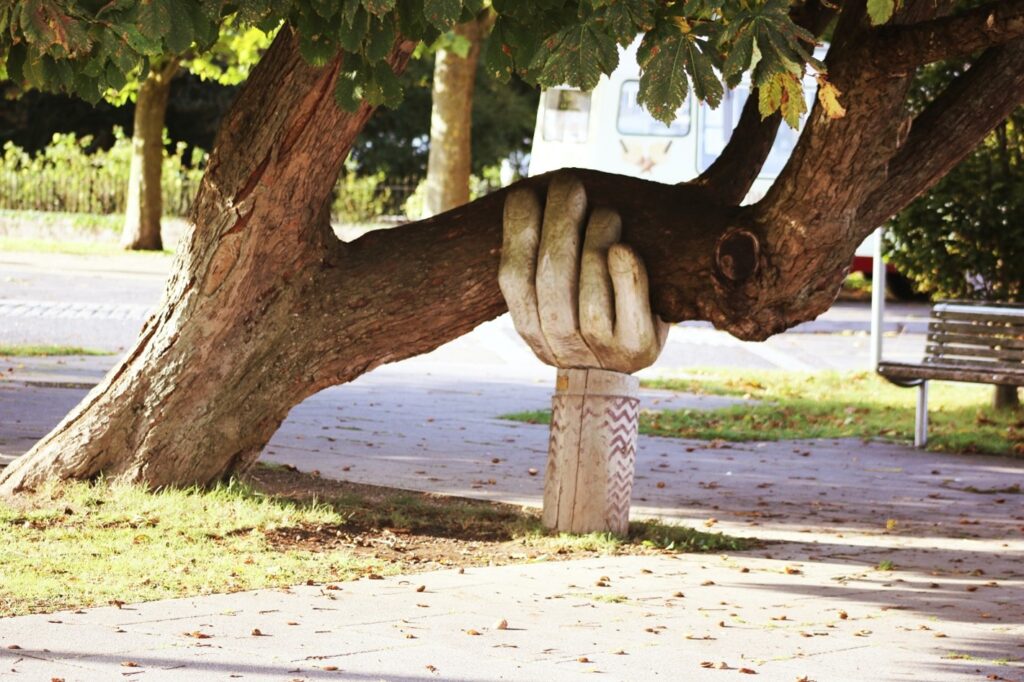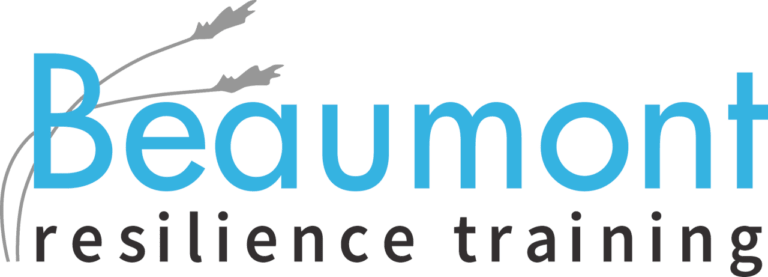
Moving out of our comfort zone is something that many of us struggle with at some point in our lives. It’s exactly as it sounds; it’s uncomfortable and it makes us feel uneasy and vulnerable.
It doesn’t have to be that way. Resilience is about much more than overcoming an obstacle or solving a problem – it’s also about moving into unfamiliar and uncomfortable places that encourage growth. The whole ethos of Resilience is about growing in our personal development and moving forward.
The five pillars of Resilience offer an instruction manual on how to move out of your comfort zone and fulfil your true potential in life.
The First Pillar: Self-care
The first pillar, self-care, is about comfort. It focuses on helping us to feel more comfortable and take care of our well-being. By doing so, we are placing ourselves in a position to withstand discomfort in other areas of our life. For example, if we are to move ourselves into a situation which is out of our comfort zone, such as a new job, we can look to provide ourselves with a method of self-care. This can be as simple as taking our favourite drink with us to work or something more important such as taking some “quiet time or hobby time” for ourselves in the evening or at weekends., or just spending quality time with friends and family. The idea behind this is that we provide ourselves with a familiarity that makes us feel comfortable while we are in a situation that makes us uncomfortable.
The Second Pillar: Self-awareness
The second pillar, self-awareness, is about knowing our limits. Although it’s good to push ourselves out of our comfort zone, it is also important to know when we are at our limits. For example, attending a busy social setting can be daunting for some of us, and knowing when we need to take five minutes to ourselves is purposeful. Pushing ourselves beyond our limits usually does us a disservice and sets us back. There is no shame in admitting when you need to stop. Self-awareness also helps us to function at our very best, by recognising our strengths and areas for development.
The Third Pillar: Positive Relationships
The third pillar, positive relationships, is about finding support in those around us. Something as scary as visiting a new place or taking on a completely new task can feel a lot less scary if we have the support of someone we trust by our side. In the same way that assistance animals provide support to their owners, we too can find support in our loved ones to help us through uncomfortable situations. Having someone we trust by our side can completely change the way we look at and address a situation.
The Fourth Pillar: Mindfulness
The fourth pillar, mindfulness is about being aware of what is going on around us. As we previously mentioned, knowing your limits and knowing when to take a step back are important to our wellbeing. Mindfulness is about being mindful of the situation we are facing, as well as the possible situations that may arise which may put us at our limits. Being mindful is also about being aware of what we are feeling; once we are able to recognise what emotions we are feeling and when, we can identify and understand why certain situations make us feel uncomfortable and find a way to address them.
The Fifth Pillar: Purpose
The fifth pillar, purpose, is the whole reason we are pushing ourselves out of our comfort zone. Without a purpose, we have no motivation to put ourselves in an uncomfortable situation. By finding a purpose and a reason for branching out of our comfort zone, we can find the motivation that we need to see it through.
In summary, all of the five pillars of Resilience can be used to help us move out of our comfort zones, become stronger, and feel a greater level of self-confidence.
